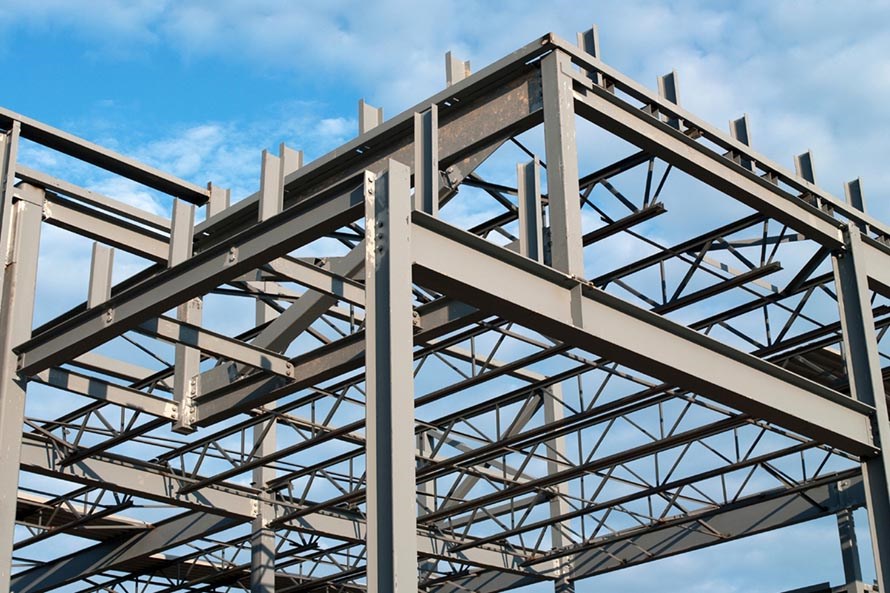Cost pressures
A year ago, people wondered how high prices could soar. Presale condo pricing was pushing the envelope across the region, and Bosa had recently sold office space at 320 Granville Street for slightly more than $2,100 a square foot.
Today, buyers are more cautious and construction cost increases mean developers have limited room to manoeuvre. While the average increase is less than 10 per cent, according to cost consultants at Altus Group, several trades are able to demand many times that because schedules are tight. It’s their way of prioritizing whose work gets done.
This concerns Neil Chrystal, president of Polygon Homes Ltd. and a panellist at the recent Urban Development Institute (UDI) forecast luncheon.
“How does the bottom line look after you factor in much more expensive construction costs? Because if the numbers don’t make sense, we won’t move forward,” Chrystal said. “We started doing less last year, and we’re still trying to figure out what we’re going to do this year.”
With some projects, it might be better to wait, so that the final cost to the consumer allows developers to get the requisite number of pre-sales to trigger financing, which banks are less inclined to give these days.
“We all need to go out and get pre-sales to get our financing, and financing is going to be tougher,” he said. “The big banks say, ‘We’re only going to be financing our Tier 1 developers.’ They’ve only got so much money to put out there.”
This could cause problems for smaller developers that aren’t well capitalized and find themselves pinched by rising costs, lower sales and higher interest rates on financing they do secure.
“There’s going to be a shakeout a little bit this year with the smaller guys,” he said. “It’s going to be trouble.”
Time to think
Your intrepid columnist is filing this from Sacramento, where he’s on the lookout for Anthem Properties Group CEO Eric Carlson. During a lively exchange at the UDI forecast luncheon, Carlson announced he was heading there promptly.
Why?
It’s not just the company’s recent purchase of the Cathedral Square site in Sacramento’s downtown for mixed-use development. Rather, it’s the city’s desire to see projects built – a desire lacking over at the District of North Vancouver.
The district regularly failed to meet its long-standing goal of building 500 new homes a year. Indeed, it recently asked for a revamp of a six-storey project for seniors in the Edgemont Village neighbourhood.
“Thoughtful people, architects and planning staff” had put in two years of work on the project, he said.
“Is two years not enough?… Is that not what they’re good at? Shame on you,” he exclaimed, to thunderous applause from an audience too familiar with cumbersome civic approvals processes.
Under the circumstances, few in the audience expect the BC NDP to build 114,000 affordable new homes in 10 years. Most pegged this year’s tally at between 1,000 and 2,000 units.
Cost comparisons
Just how tight is the Vancouver office market?
According to Colliers International vice-president Matt Carlson, with the availability of downtown office space averaging 2.9 per cent, the space being built today to address demand is pre-leasing for less than existing space.
“On a net effective basis, the spot price is higher for existing buildings – A and triple-A existing class – than it is for new buildings that are coming out of the ground,” Carlson said. “People that are having to move today in this environment, if they need space, they need space, and they’re prepared to pay whatever the market will bear.”
The demand has pushed gross asking rents to nearly $68.52 per square foot for triple-A space, while A-class space is commanding $58.72. Together, both are setting the pace for the overall rate. According to Colliers’ year-end office market report, the average gross asking rate downtown for all classes of office space is $59.84 per square foot while the average net asking rent is $32.45 per square foot.



